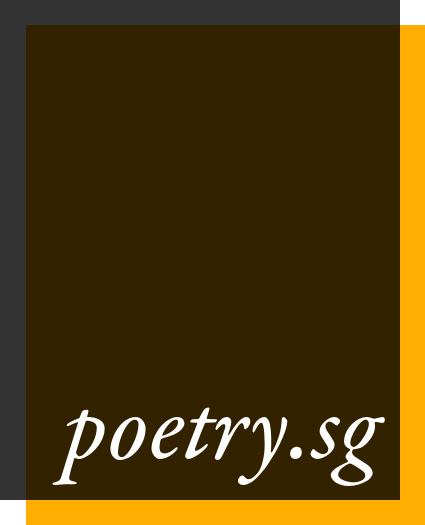Ho Poh Fun (1946-2018)
BIOGRAPHY
Ho Poh Fun was a teacher, poet and writer. Born on 17 October 1946, Ho was the second of four children of a laboratory technician and his homemaker wife. Having attended Haig Girls’ School, and later Tanjong Katong Girls’ School, Ho transferred to Pre-University classes at Raffles Institution as part of its very first intake of female students. In 1965, the year Singapore attained independence, she joined the Education service immediately after completing her A-levels, teaching for fifteen years at Tanjong Katong Girls’ School and later at Mt Vernon Secondary School.
At the age of thirty-four, Ho Poh Fun began a course of study as a mature student at the National University of Singapore (NUS), earning first a Bachelor of Arts degree with honours in English Language. She later graduated with a Master’s Degree in English Language in 1987, having written a thesis on theme and cohesion as style markers in the poetry of Philip Larkin. Her supervisor was the late poet Arthur Yap. Ho’s years at the National University of Singapore also proved to be a time of intense creative activity.
Though she started writing in primary school at the encouragement of a teacher and an aunt, she mentions in an interview that she had destroyed all her juvenilia. It was during the 1980s that Ho published five important short stories in the journal Singa as well as a number of poems, most of which appeared in the opening sequence of Katong, titled “Climatological Reports.” In 1982, she was elected the publications secretary of the NUS Literary Society, and also edited the society’s journal Focus in the same year. Throughout the 1980s, Ho’s poems were also published in The Straits Times, while her fiction also appeared in Tanjong Rhu and Other Stories (1986), a collection of four prize-winning titles from the 1982 Short Story Writing Competition organised by the former Ministry of Culture. “When The Tabebuia Bloomed At Soo Chow Gardens,” arguably Ho’s most famous short story, took second place at The Straits Times annual short story writing competition.
In 1994, Katong was published; Ho dedicated her debut collection to Arthur Yap; while her life-long mentor Anne Lee Tzu Pheng, wrote the foreword. The volume was reviewed in the national broadsheet as possessing “sensitivity and commitment to craft.” Her collection was Commended in Poetry in the 1996 National Book Development Council of Singapore’s Book Awards. After Katong, Ho published only two new poems in More Than Half the Sky: Creative Writings by Thirty Singaporean Women (1998) and a short story, “Guest,” published in an anthology of works from writers who attended the ASEAN Writers’ Workshop: Fiction in 1995 at Bangkok and Chiang Mai. Ho’s poems have been also been anthologised in collections such as Rhythms: A Millennial Anthology of Poetry (2000), Love Gathers All: A Philippines-Singapore Anthology of Love Poems (2002), Journeys: Words, Home and Nation (1995), Singapore: Places, Poems, Paintings (1993), Memories and Desires: A Poetic History of Singapore (1998) and No Other City: An Ethos Anthology of Urban Poetry (2000).
Ho consistently advocated for students’ creative writing in her role as an educator, especially during the many years she taught at the Mount Sinai campus of Raffles Junior College. She founded the Creative Writing Club and its annual event, the Afternoon of Poetry and Music, became a gathering of young writers from various junior colleges owing to the creative writing competition organised prior to it. She also avidly supported her students’ participation in the Creative Arts Programme residential seminar, organised by the Ministry of Education, and was herself a mentor to many familiar names in Singapore’s literary scene, such as Joshua Ip, Aaron Maniam, Ng Yi-Sheng, Alvin Pang, and Alfian Sa’at, among others.
References
Ho, Poh Fun. Interview. By Michelle Chang, Passion 99.5, 1997
Koh, Buck Song. "Verse Which Shows Sensitivity and a Commitment to Craft." The Straits Times 10 September 1994: 36. Print.
Author Photo © estate of Ho Poh Fun. Author Biography © Ann Ang. All rights reserved.


